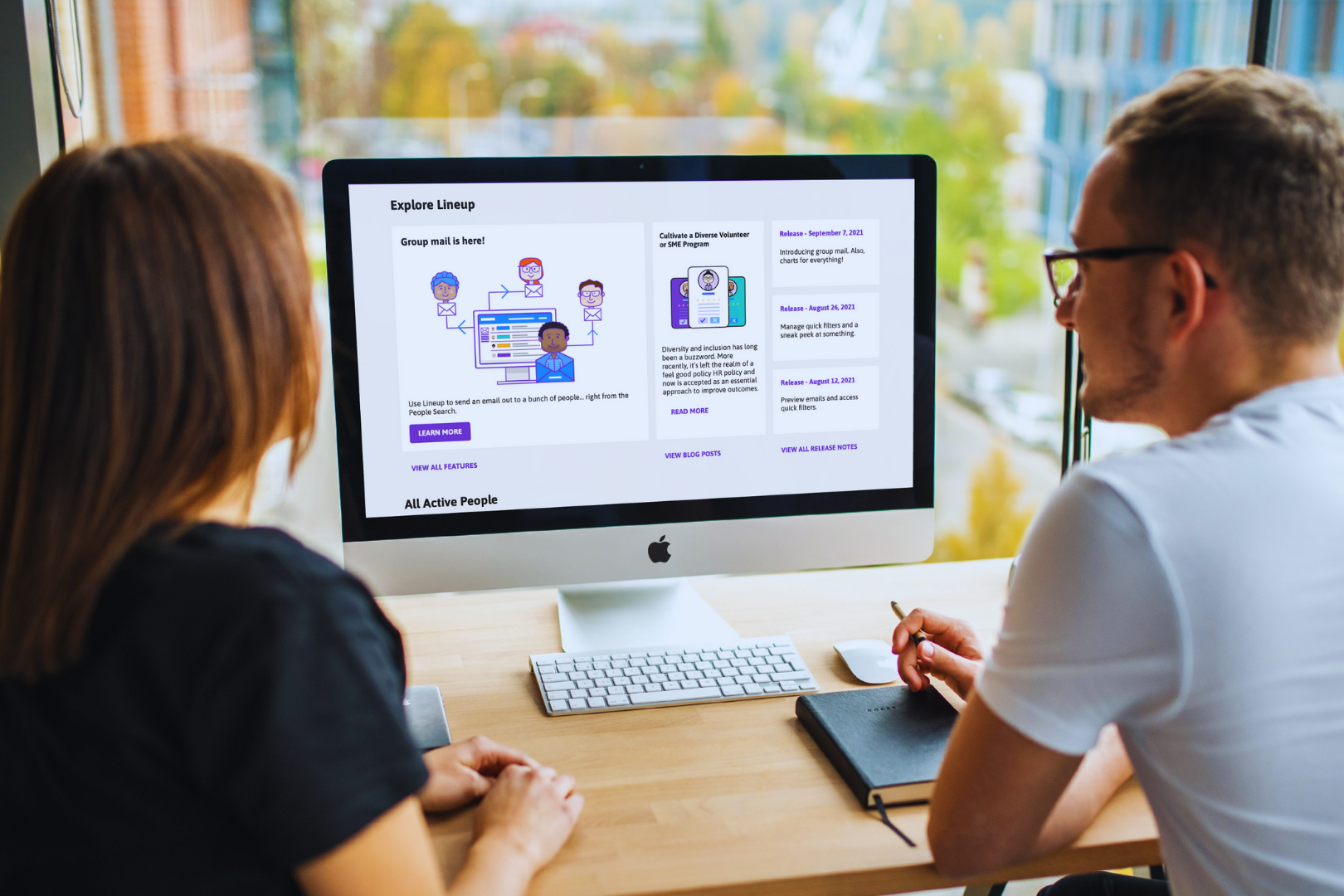Talking the Talk and Walking the Walk: Going Beyond in Diversity, Equity, and Inclusion
“Diversity is being invited to the party; inclusion is being asked to dance.” -Vernā Myers
Diversity, Equity, and Inclusion (DE&I) have been at the forefront of discussions in recent years. With societal movements and a growing demand for equity and fairness, it's clear that DE&I should be a top priority for any organization. However, implementing these values can be challenging, and many companies struggle to create effective strategies for promoting DE&I in their workplaces.
Recognize that your efforts should be ongoing
At its core, DE&I is about ensuring that every individual is valued, respected, and supported in their workplace, regardless of their background. It is a continuous effort that requires a plan, multiple action items, and robust analysis. Hiring practices, wage equality, and career mobility are only just the beginning. DE&I efforts also involve creating a culture of inclusion that embraces diverse perspectives and experiences. This can involve providing training and resources to help employees understand and navigate issues of bias and discrimination, as well as creating policies and practices that promote equity and fairness in all aspects of the workplace.
Listening is as crucial as language
There are several studies that have shown the benefits of implementing DE&I practices in the workplace. One study, the "Diversity Matters" report by McKinsey & Company, found that companies in the top quartile for ethnic and racial diversity in their workforce were 35% more likely to have financial returns above their respective national industry medians.
As an organization, your words and actions to foster DE&I can create unpredictable results, discomfort, and potential resentment. However, it's essential to remember that these conversations are meant for positive impacts, even if the journey is uncomfortable. While decisions may be professionally-driven, these can be intensely personal topics. It is important to approach DE&I efforts with empathy, understanding, and a willingness to learn and grow. It is normal for individuals to feel discomfort and resistance when confronted with issues of bias and discrimination, especially if they have not previously been exposed to these conversations.
As an organization, it is important to create a safe and supportive space for these conversations to take place, and to provide resources and support for employees who may be struggling with situations surrounding this topic. It is also important to recognize that DE&I efforts are not one-size-fits-all. Different individuals and communities may have different needs, experiences, and perspectives, and it is important to approach these conversations with cultural humility and an openness to different viewpoints. This may involve consulting with external experts or community members, and taking a collaborative approach to developing and implementing DE&I strategies.
Accept criticism without making it personal
As leaders, we can't be cynical or apathetic due to daunting tasks or the need for perfection. We must believe in our ability to make a significant impact in the daily lives of our workforce. It is imperative that we prioritize DE&I as a fundamental value in our company culture and that we are intentional in our efforts. As leaders, it is our responsibility to set the tone for our organization's culture and values. We must model the behavior we want to see in others, and actively work to create a culture that values and prioritizes DE&I. This may involve setting clear expectations and goals for DE&I efforts, providing resources and support for employees, and holding ourselves and others accountable for progress.
Equip yourself with the right tools
Facts and statistics often help bring levity to tough conversations. Tools like Lineup allow you to swiftly collect and report data, which help create an environment for your leaders to be intentional about your organization’s DE&I efforts. With Lineup's innovative platform, companies can easily gather data surrounding diversity and inclusion within their teams.
Lineup's software empowers companies to track their progress and make informed decisions about their DE&I efforts. With its data-driven approach, organizations can measure their success in promoting a more diverse and inclusive workplace.
Moving the Needle
In conclusion, promoting DE&I should be a top priority for any organization. It requires a plan, multiple action items, and robust analysis. By prioritizing DE&I, leaders can make a significant impact on their workforce and create a more equitable and inclusive workplace. With tools like Lineup, companies can track their progress and make informed decisions about their DE&I efforts, ensuring that they are meeting their goals and creating a more diverse and inclusive culture.
Ultimately, the goal of DE&I is to create a workplace where all individuals can thrive, regardless of their background, and where diversity is celebrated as a strength rather than a barrier. This requires a long-term, sustained effort that involves everyone in the organization, from leadership to frontline staff.
Comment below which actions you are currently implementing or planning to take in order to a create more inclusive work environment!


